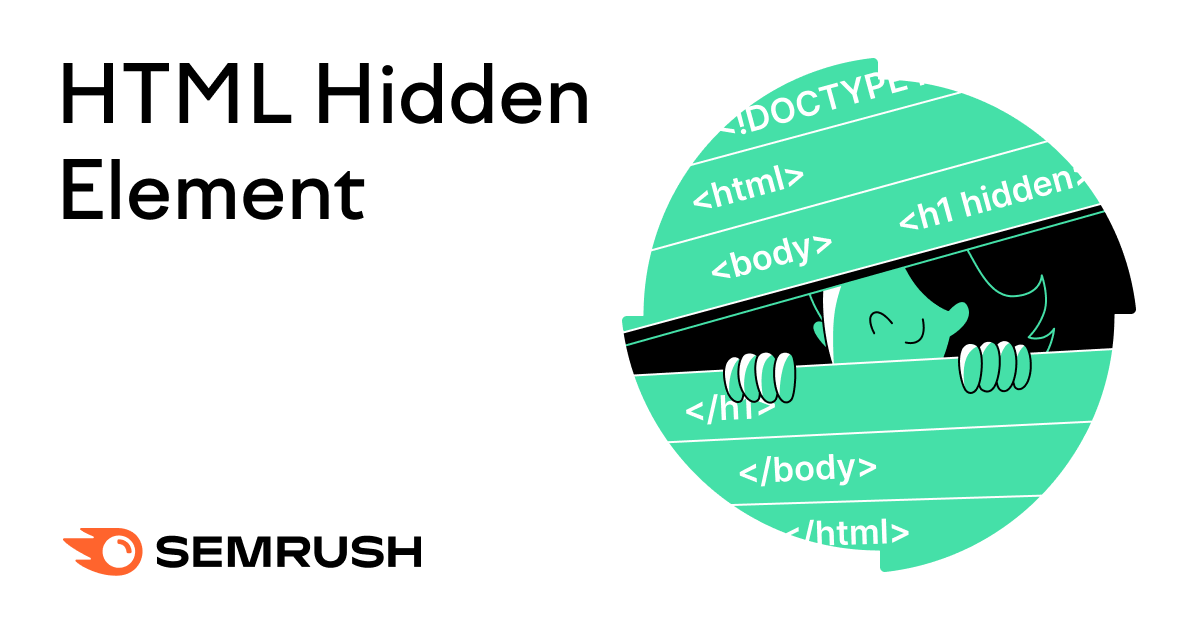
So many businesses try to find a quick and easy way to boost their SEO.
The fact is some of the most valuable SEO moves take time and energy. One example of this is long-form content.
Although definitions of long-form content vary, most digital marketers would agree that it includes any blogs or articles over 1,000 words. Online businesses can post long-form content with word counts as high as 2K, 4K, or even as high as 8K.
If done right, a few pieces of long-form content can increase your search rankings faster than most short-form content (blogs or articles under 1K words). It’s a good idea to start adding a few to your existing blog schedule.
Below we will discuss why you need long-form content and how it improves your SEO. We’ll also offer some tips on doing it effectively.
Ready to begin? Keep scrolling.
Blog Length Does Matter
Have you ever wondered why SEO blog services like The HOTH give you the choice of selecting 500 words, 1K words, 2K words, or more?
It’s because blog length does matter and it’s important to figure out what length is the most advantageous for your website and marketing strategy.
Short-form blogs are good at grabbing your target audience’s attention with interesting information or offerings. But, long-form blogs are designed to educate visitors about your products or services and to preemptively answer their questions.
Hubspot found that blogs with a word count between 2,250 and 2,500 earned the most organic traffic. One reason for this is that larger blogs contain more keywords.
The other is that online readers are more likely to share long-form content on social media.
The assumption for so long has been that online readers prefer short copy and snippets, but data on long-form content is proving that’s not so accurate. People also enjoy long-form content (if it’s done right).
According to Pew Research, readers spend twice more as much time on articles over 1,000 words.
They found that short and long articles both attracted the same number of visitors, yet people would actually keep reading the longer pieces versus navigating away to something else. This has huge implications for your site.
Here’s How Long-Format Helps SEO
Besides sharing information with your potential customers, SEO-optimized blogs are also designed to rank for keywords.
Good long-form content will rank for way more keywords than a 500-word blog. One study also found a direct correlation between the length of content and the number of backlinks a website receives.
Writers of long-form content need to conduct extra research, go more in-depth, and ensure their final version is high-quality. Doing this will improve a site’s domain authority, which results in more backlinks over the long term.
The Google algorithm also favors long-form content because it caters perfectly to E-A-T (Expertise, Authority, and Trustworthiness). It rewards this type of content with higher rankings.
An SEO study featured in Backlinko found the average first-page result on Google had 1,447 words.
Homepages featuring long-form content also experienced an increase in conversation rates by more than 37%. This proves that visitors are influenced by comprehensive content.
Now that you understand how long-format content can help your SEO, let’s go over a few tips on how to create your own blogs that will get the algorithm’s attention.
Tips on Writing Quality Long-Form Content
If you’re interested in developing some long-form content for your website, here are some things to consider.
- Start off by carefully researching your topic and relevant keywords. You’ll need a lot of reliable research because long-form content is more in-depth. Focus on finding long-tail keywords as well. Try out free SEO tools!
- Organize and structure your blog or article. We recommend outlining before you write so you’ll know where everything goes.
- Write short paragraphs and divide your content into different sections using H1, H2, H3, H4, H5, or H6. Don’t forget your other SEO information like alt-texts or meta descriptions.
- Hook the reader with an engaging introduction that will ensure they read the entire piece. This may be an interesting statistic or something they’ve never heard of before.
- Your writing style should be accessible and conversational.
- Add images or graphics where you can to break up the text. These can also make it easier to digest complex information.
As we explained above, the most important thing to do is focus on quality. Not only should you provide rich information to the reader, but the writing should be error-free.
Most business owners can get away with asking staff who have no writing experience to crank out a few short blogs here and there. But, if you want to include long-form content on your site you should have it written by a professional.
That brings us to the most important part of this blog. The HOTH offers an affordable and effective blog product that can help online businesses get long-form content.
Need Help Crafting Long-Form Blogs?
Many businesses don’t have the time or experience to craft long-form content. And that’s ok!
With our most popular SEO product, HOTH Blogger, you can order professionally written and researched blogs about your specific business ranging from 500 words to 3,000K. Our writers are selected from the top 1% of all applicants.
Each blog is optimized for SEO with the right keywords to generate traffic and our team of digital marketers can even publish it to your site.
These flexible options through HOTH Blogger allow you to add a few long-form blogs while you continue posting shorter pieces on a consistent basis.
Are you ready to start adding long-form content to your site and watch your rankings grow? Simply book a call with us now to get started.

![How To Increase Traffic With Listicles Posting [Guide + Template & Examples] — Serpstat Blog](https://serpstat.com/files/img/33/uploadfile_1713855942_5428.png)

